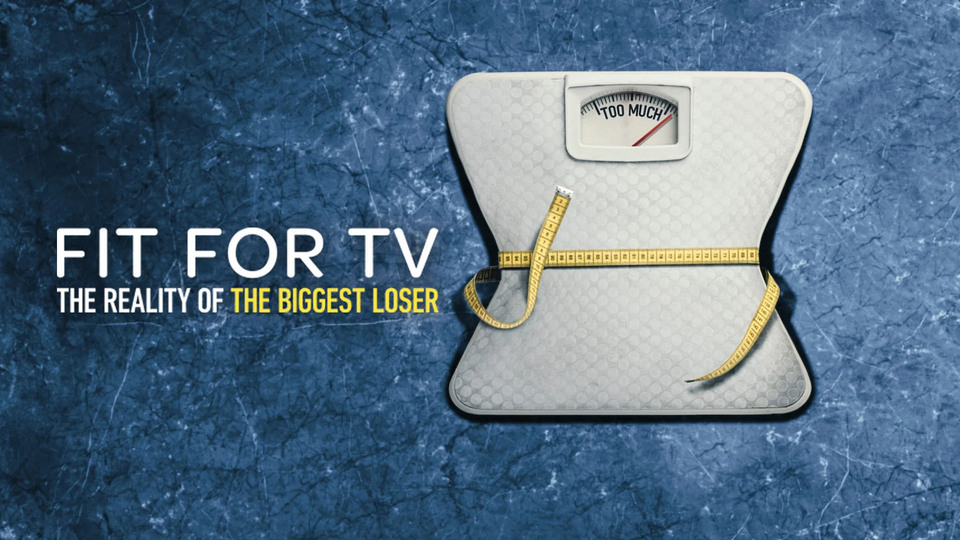Last week, Fit for TV landed on Netflix. The three-part documentary series uncovers some secrets of the reality TV show The Biggest Loser. Predictably, the internet has since had thoughts – here are mine.
What happens in Fit for TV?
Firstly, to save you the trouble, I’ve watched the show. It will be a triggering experience for many: The Biggest Loser first aired in 2004. This was the pre-social media and smartphone age, but the beginning of the height of one of the most recent media wars on obesity. And, not just that, the glorification of extreme thinness.
Tabloid and celebrity gossip media was big business, and so was laughing at ordinary people – remember the early rounds of talent show audition series? This was a chance to brutalise fat people, shame them, and amp it all up for ratings and advertising dollars.
Several participants – and winners – of The Biggest Loser were interviewed for this documentary, as were some of the production team and one of the infamous trainers. All have said their piece on what it was like to be part of the show, and how life has been since. I picked up on some interesting elements, and will highlight three key things below.
Participants developed eating disorders
This wording might seem strong, but it was directly referenced by Suzanne Mendonca (who participated in season two) within the documentary. Eating disorders and disordered eating are things that vary more than many people understand – it isn’t just about under-eating to the point of starvation, or making oneself vomit.
My understanding of the show is that participants were put on highly-controlled a VLCD (Very Low Calorie Diet) in order to maximise weight loss within the timeframe of the show. This practice is often inadvisable for several reasons, and it’s widely-regarded as being unsustainable.
Disordered eating is prevalent within fitness culture, seen in behaviours such as making arbitrary rules for yourself around food, with even the idea of “cheat days” or “cheat meals” arguably being disordered.
If a TV show – and the fitness industry – is aimed at supporting people in becoming healthier, should they be creating problems such as this one?
The Biggest Loser set up highly controlled conditions
As with many TV shows, this one took the approach of fully supporting participants whilst they were on the show. They were housed together, food was provided, as was fitness coaching. They were away from their jobs, caring responsibilities and social lives – the show was their entire life.
What this demonstrates is almost a laboratory experience – one of the main barriers many of us face with our fitness and health is that we have other commitments: we can’t eat certain things due to dietary requirements of other members of our household, and the obligation to cook for them; we can’t train on certain days due to our jobs or families… and on and on it goes.
It’s a comparison that’s often drawn with actors who prepare their bodies for a certain role – they are paid to do that as a job, and supported by a team of staff; replicating their experience isn’t possible for the majority of the general public… and the same is true of the Biggest Loser participants and their life within the show versus away from it. When you have the luxury of time and professional support, accomplishing certain goals is a very different proposition!
What happened after the show ended
I like to call this, “What’s Next?” Syndrome. It shows up in so many ways. Several participants referenced in the documentary that there was no aftercare. Once their time on the show ended, they weren’t offered any advice or support, and again the laboratory experience was highlighted. If they’d been grocery shopping and cooking as part of the show, and learning how to coach each other, they’d have been a lot better off. In providing a lot of support within the show, the producers set the participants up to fall off a cliff afterwards.
In the non-TV world, I see this with other people who choose to aim for a specific event. Be that a competition or a social occasion, I discourage people from having one defined goal like this. Because what happens once you have that marathon medal in your hand, or the wedding photos are framed and on the wall? A lot of people then cast around a little lost, which is easily avoidable if we fixate less on the short- or medium-term, and focus more on overall lifestyle change and sustainable habits.
So… what’s next?
Towards the end of the documentary, one expert referenced the current and growing use of anti-obesity medications, pointing out that they have already changed the landscape of how obesity is being managed. Would we see shows like this again as a result? Probably not.
But, as the documentary acknowledges, obesity remains a public health issue. Treatment of fat people and, in fact, lots of people who don’t meet societal beauty standards, remains an issue. If I had the answer to these questions, I wouldn’t be writing this post.
In terms of my own practice, I can guarantee that training with me is a different experience to training on a reality TV show. There’s no shouting, no cameras, and no brute force.
